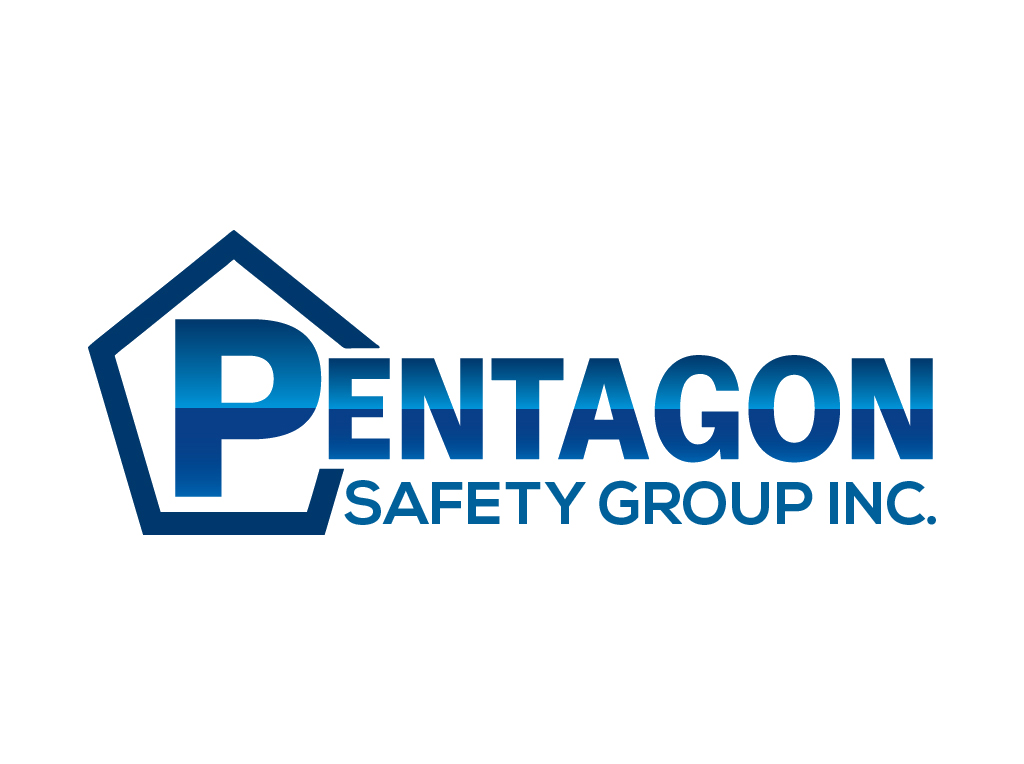Information
-
Document No.
-
Audit Title
-
Client / Site
-
Conducted on
-
Prepared by
-
Location
-
Personnel
Control of safety risks on site
-
Did the Chargehand challenge you before entering site
-
Were the Daily Activity Safe Start document at hand
-
Were the DASS filled out correctly with all risks identified?
-
Were the daily risk board updated today?
Due Diligence and documentation
-
Client Environmental policy available
-
Amec Environmental policy available
-
Risk Assessments and Method Statements available, signed and understood
-
All environmental documents available and up to date (Environmental Management Plan, Peat Management Plan etc.)
-
Emergency response plan up to date and available
Permits
-
Permit to pump available and in date
-
CAR licences for water crossing available and in date
-
All protected species licences available, in date and adhered to.
Waste
-
Two Waste Duty Holders (WDH) have been appointed and appropriately trained
-
Site Waste Management Plan (SWMP) approved by project management and available
-
Site Waste Management Plan (SWMP) approved by project management and available
-
Waste containers (skips) are clearly labelled with allowed content
-
Waste is segregated (general, hazardous and recyclable) as per container label
-
All Waste Transfer and Consignment Notes are correctly completed and signed by the Waste Duty Holder
-
Hazardous waste is segregated and stored as per SWMP
Polluting material Storage
-
Hazardous substance stored in controlled area (i.e. locked away) when not in use
-
Hazardous substances, i.e. fuel, oils are stored in bunded areas / plant nappies
-
Bunds in good condition and free from excess oil/water/debris
-
Polluting material is stored at least 30m away from groundwater boreholes
-
Storage facilities, e.g. fuel tanks, locked when not in use, hoses stored inside bund
-
Drip trays used during refuelling operations
-
Appropriate spill kits are available nearby
-
Spill Response
-
COSHH registers and assessments up to date and available
-
Spill response procedure communicated i.e. induction
-
Spill kits available in strategic points
-
Sensitive receptors identified and protected
-
Used spill response material disposed off as hazardous waste
-
All spillages immediately reported? Any visible spillages on site
Water Preservation and Protection
-
Have all high risk watercourses/receptors been identified?
-
Are there any private water supplies?
-
Has works being planned to eliminate or mitigate the need to work in close proximity to the watercourses/receptors?
-
Have all consents/assents/permits been applied for?
-
Is the working party aware of any consent conditions?
-
Are consent conditions being complied with?
-
Is the presence of watercourses/receptors identified in risk assessment/work pack?
-
Have control measures been implemented to reduce risk of silt/water runoff?
-
Is watercourse monitoring being undertaken?
-
Is a permit to pump system in operation?
-
Is spoil/materials (stone/sand etc) stored safely, away from watercourses/receptors and in a manner that eliminates runoff?
-
Are hazardous materials/fuels stored safely, securely and away from watercourses/receptors?
-
Is daily and long term weather forecast being monitored?
AIR POLLUTION
-
Dust suppression methods implemented
-
All vehicles well maintained and no visible signs of smoke or any excessive exhaust fumes.
SITE VEHICLES AND EQUIPMENT
-
Site vehicles are regularly inspected and maintained.
-
Preventative pollution measures are in place, e.g. plant nappy's
-
Noise survey undertaken to identify possible nuisance to residence and environmental sensitive receptors
-
Traffic management plan in operation and being adhered to
Protected and Sensitive environments
-
Ecological sensitive areas have been appropriately signed and barbered where necessary
-
Employees and sub-contractors have been informed of Ecological sensitive areas (i.e. induction)
-
All tree clearance work pre-approved and done in consultation with Ecologists
-
Reinstatement work completed as work is being completed.
MAJOR EMERGENCY PROCEDURE
-
Environmental risk assessment undertaken to identify significant risk of serious environmental damage
-
If significant risk of serious environmental damage has been identified, has an environmental emergency response plan been developed
-
Have employees and sub-contractors been briefed of their roles and responsibilities as identified in the plan
Archaeology
-
Have all archaeological features been identified?
-
Is a watching brief by an qualified archaeologist needed
-
Has any damaged been caused to an archaeological feature













